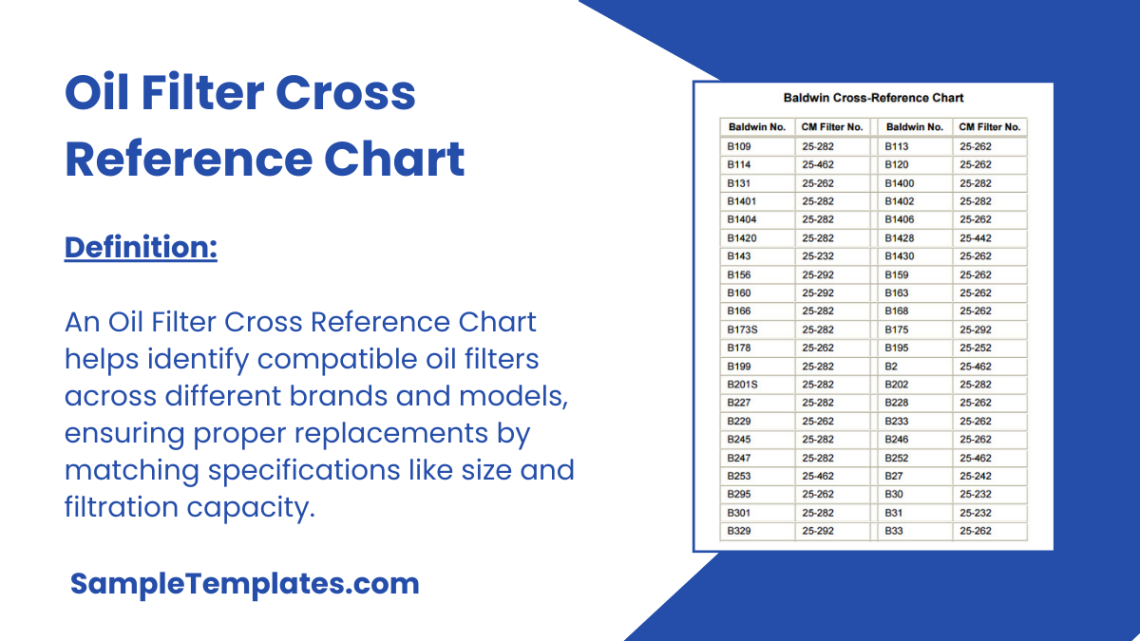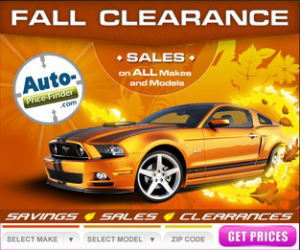
Beginner’s Guide to Understanding Car Part Compatibility: Stop Guessing, Start Knowing
October 20, 2025Let’s be honest. The world of car parts can feel like a secret club with its own confusing language. VIN numbers, OEM, aftermarket, make, model, trim… it’s enough to make your head spin. You find a great deal on a part online, but then that nagging question pops up: “Will this even fit my car?“
Well, you can stop guessing. This guide is your backstage pass. We’re breaking down the mystery of car part compatibility into simple, bite-sized pieces. No engineering degree required.
The Golden Rule: Your Car’s DNA
Think of your car as a person. You wouldn’t assume any pair of shoes would fit you, right? You need a specific size, maybe even a specific width. Cars are the same. The most basic pieces of information are your car’s make, model, and year.
For example, a 2020 Honda Civic is a completely different beast from a 2012 Honda Civic, even though they share a name. Manufacturers are constantly tweaking designs, engines, and electronics. A part from one might be a perfect fit, while the other could be a total dud. This is your foundation—always start here.
But Wait, There’s More: The Devil in the Details
Okay, so make, model, and year get you most of the way there. But sometimes, it’s the subtle differences that trip you up. This is where things get interesting.
Trim Level and Options
The “trim level” is like the package your car came in. A base model might have a smaller engine, different wheels, or even a different braking system than the sport or luxury version of the exact same car. A common pain point? Things like brake pads. The high-performance trim might need larger, more heavy-duty pads than the standard model.
Other options matter, too. Did your car come with a towing package? That might mean a different radiator or transmission cooler. Sunroof? That could affect headliner parts. It’s these little details that matter.
Engine Size and Code
This is a big one. Simply saying “I have a Ford Fusion” isn’t enough. Do you have the 2.5L engine? The 1.5L EcoBoost? The 2.0L Hybrid? Each of these engines has different part requirements for everything from spark plugs and air filters to the alternator and exhaust manifold.
For the real pros, there’s the engine code. You’ll often find it stamped on the engine block itself. Codes like “K24” (Honda) or “LS3” (Chevrolet) are the true identifiers that parts specialists use to pinpoint the exact component you need.
Your Secret Weapon: The VIN Number
If your car’s make, model, and trim are its first name, last name, and nickname, then the VIN (Vehicle Identification Number) is its full, official birth certificate. This 17-character code is unique to your vehicle.
Honestly, using your VIN is the single most reliable way to ensure part compatibility. It tells a parts database everything—the factory where it was built, the engine size, the trim, the transmission type, and even the specific model year. When in doubt, lead with your VIN. You can usually find it on the driver’s side dashboard, visible through the windshield, or on the driver’s side door jamb.
A Tale of Two Parts: OEM vs. Aftermarket
As you shop, you’ll encounter two main types of parts. Understanding the difference is crucial for both compatibility and your wallet.
OEM (Original Equipment Manufacturer)
This is the part that came with your car when it rolled off the assembly line. It’s made by the same company that supplied it to, say, Toyota or Ford. The beauty of OEM parts is guaranteed compatibility and quality. The downside? They’re almost always more expensive.
Aftermarket Parts
These are made by other companies—not the original car manufacturer. They’re designed to fit your car, but here’s the catch: they can be a bit of a wild west. Some aftermarket parts are fantastic, offering better performance or a lower price. Others… well, let’s just say the fit might not be perfect, or the quality can be hit-or-miss.
The key with aftermarket parts is to read reviews and buy from reputable brands. Don’t just grab the cheapest thing you see.
Your Practical Compatibility Checklist
Alright, let’s get practical. Before you click “add to cart,” run through this list.
- Triple-Check Your Vehicle Info: Make, Model, Year, Trim, Engine Size. Write it down and keep it handy.
- Use Your VIN: On any semi-serious parts website, use the VIN lookup tool. It’s your best friend.
- Cross-Reference Part Numbers: If you’re replacing an old part, find the number stamped on it. You can search for that exact number or use it to find compatible alternatives.
- Read the Fine Print: Product listings will explicitly state which vehicles a part fits. Don’t just glance—read it thoroughly. Look for footnotes about engine size or trim exceptions.
- Beware of “Universal Fit”: This phrase often means “will require modification to fit.” Unless you’re experienced with custom work, steer clear for critical components.
When to Go Pro (And When to DIY)
Some parts are straightforward. An air filter or a set of wiper blades? You can confidently handle that with basic vehicle info. But for more complex components—especially those related to safety (brakes, steering) or the engine’s brain (ECU sensors)—the compatibility stakes are much higher.
If you’re unsure, there’s no shame in calling a local auto parts store or a dealership parts department. Give them your VIN, and they can confirm the right part for you. It’s a five-minute phone call that can save you hours of frustration and a costly return.
The Final Turn of the Wrench
Navigating car part compatibility isn’t about memorizing a million codes. It’s about knowing where to look and what questions to ask. It’s a skill that turns a frustrating guessing game into a simple, methodical process. You start to see the logic behind the machine.
So the next time you’re facing down a broken part, take a breath. Grab your VIN. Do the detective work. The satisfaction of installing the perfect part, the one that slides into place like it was always meant to be there? Honestly, that’s a feeling that never gets old.





